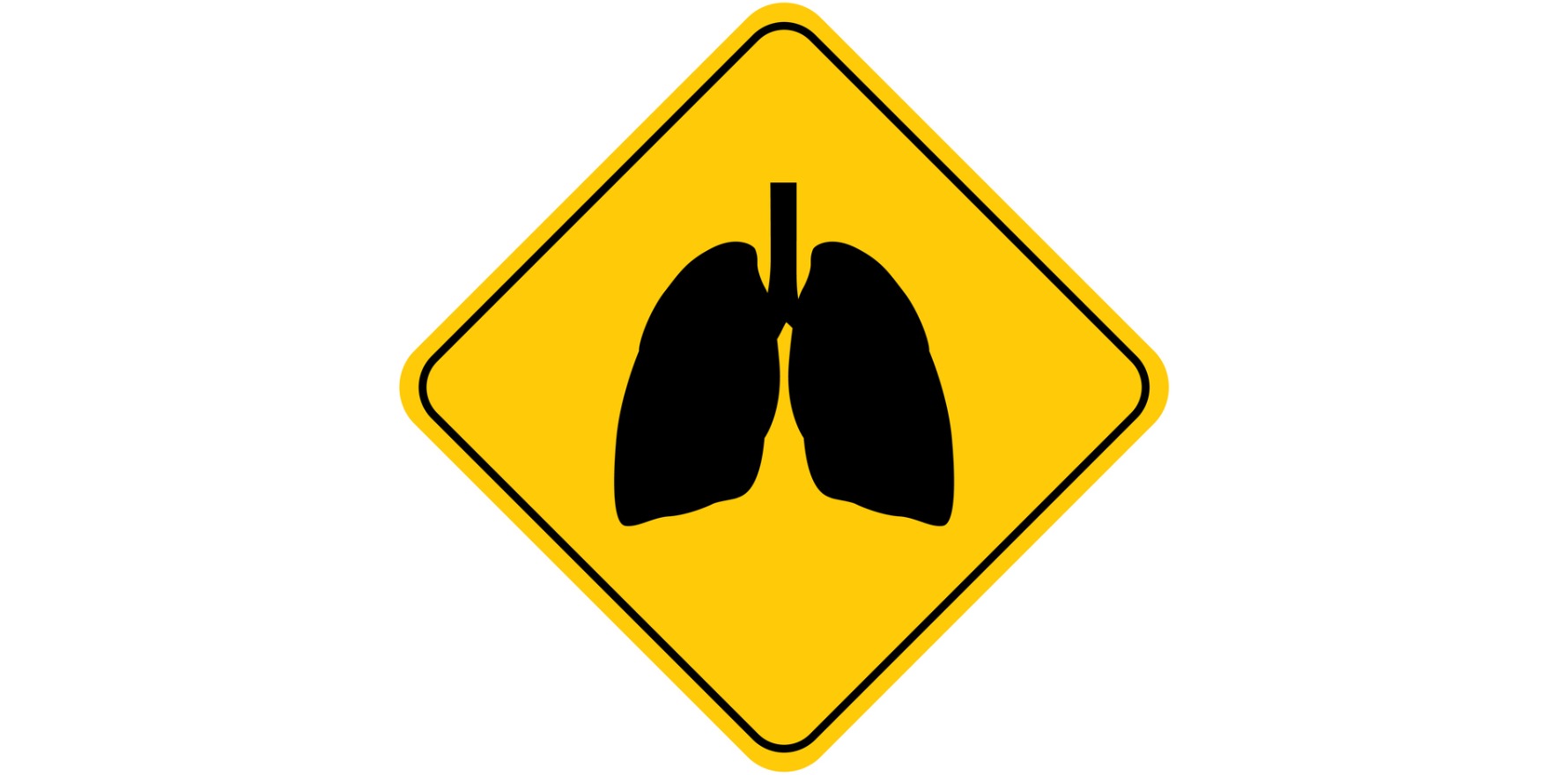While lung cancer is a major health risk for smokers, it’s not the only one.
Australia’s new lung cancer screening program is expected to save hundreds of lives per year, but experts urge healthcare professionals to remember that it will only pick up on one of the many risks associated with smoking.
From July, asymptomatic patients who have a history of smoking of at least 30 pack-years will be able to access bulk-billed low-dose CT scans to screen for lung cancer following a GP referral.
Speaking at the program’s official launch on Thursday, health minister Mark Butler advised patients to speak to their healthcare professional to see if they are eligible for a free scan under the program.
“International evidence underpins the program’s importance, showing up to 70% of lung cancers are detected at early stages by low-dose CT scans, and deaths are reduced by 20%,” he said.
“The earlier lung cancer is detected and treated the better the outcome.
“Opening a free program for people who are asymptomatic and at-risk means we can catch the disease in more people, sooner.”
The proportion of cases identified at an earlier stage is predicted to increase from 16% to 60% following the implementation of the screening program. Conversely, the proportion of cases identified at stage 4 is set to decrease from about 53% to 11%.
GP Emeritus Professor Paul Glasziou, who led the Bond University Institute for Evidence-Based Healthcare until 2024, told Health Services Daily that he would still encourage patients to quit smoking.
Patients, he said, should not fool themselves into thinking that they were avoiding the negative effects of smoking just because they screen for lung cancer.
“The major risk for a smoker is actually dying from cardiovascular disease, not from lung cancer,” Professor Glasziou said.
“If you quit smoking, you get all the other benefits of quitting smoking, including the cardiovascular benefits, the lung function benefits and you’re less likely to [develop] chronic obstructive airways disease.
“There’s a long list [of health effects], but lung cancer screening is only picking up on one of the downsides of smoking, not all of the others.”
Only people aged between 50 and 70 years who show no signs or symptoms of lung cancer, currently smoke or have quit smoking within the last 10 years and have a history of tobacco cigarette smoking equivalent to at least 30 pack-years will be eligible to participate.
To participate, GP practices have to be registered with the National Cancer Screening Register.
While practice nurses, allied health staff and Aboriginal and Torres Strait Islander health practitioners can recommend the program and help enrol patients into the national cancer screening register, only GPs and other medical specialists are permitted to confirm a patient’s eligibility and request the low-dose CT scan.
There are two new MBS items to support the program: one for the screening CT scan, which the patient can access every two years, and one for any follow-up scans that need to be done after the initial scan.
While the scans themselves will be mandatory bulk-billing items, GPs are free to set their own fee for the assessment and referral consults with the patients.
Professor Glasziou said there would likely be an update to the RACGP Red Book guidelines sometime in the coming months reflecting the commencement of the lung cancer screening program.

